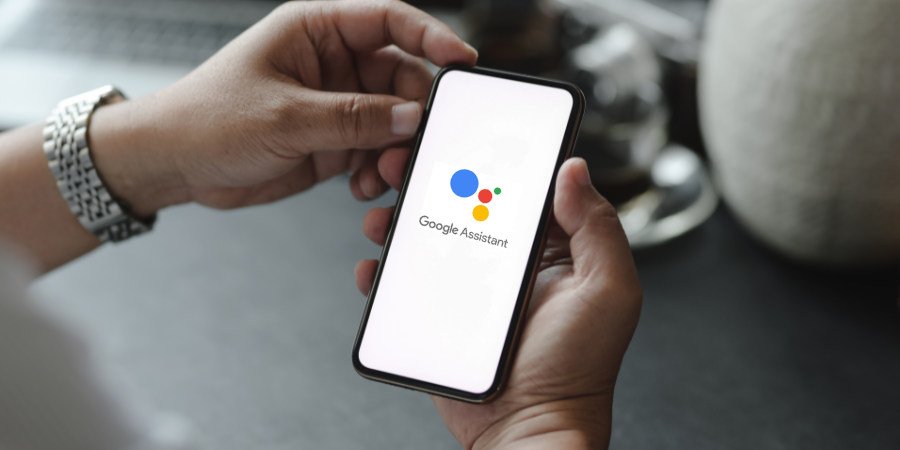Google announced that it will remove 17 underutilised Google Assistant skills starting January 26. Google says that it aims to refine user experience and prioritize the most beloved features. It is interesting to note that the news came soon after Google laid off hundreds of employees working in its Google Assistant, hardware, and other divisions.
Here’s a full list of Google Assistant skills that will soon stop working
- Ability to play and control audiobooks on Google Play Books.
- Settings or using media alarms, music alarms, and radio alarms on Google Assistant-enabled devices.
- Managing cookbooks, transferring recipes from one device to another, playing instructional recipe videos, and showing step-by-step recipes.
- Managing stopwatches on Smart Displays and Speakers.
- Using voice to call a device or broadcast messages on Family Group.
- Ability to send email, video, or audio messages using voice.
- Rescheduling events in Google Calendar with voice.
- Using the app launcher to read and send messages, make calls, and control media in Google Assistant driving mode.
- Ability to schedule or hear previously scheduled Family Bell announcements.
- Asking Google Assistant to meditate with Calm.
- Control activities with voice on Fitbit Sense and Versa 3.
- Viewing sleep summary on Google Smart Displays.
- Calls made from Smart Displays and speakers will no longer show caller ID unless it’s made on Google Duo.
- Smart Displays will no longer show the ambient ‘Commute to Work’ time.
- Checking personal itineraries using voice.
- Using voice to perform actions like making payments, making reservations, or posting to social media.
- Asking for information about contacts.
Google also confirmed that the mic icon in the Google App will now trigger Search results in response to your queries. So, you won’t be able to use this mic for other actions such as turning on lights or sending a message.
Although these adjustments may disrupt the routines of some users, Google emphasizes its commitment to advancing Assistant based on user needs and preferences.



